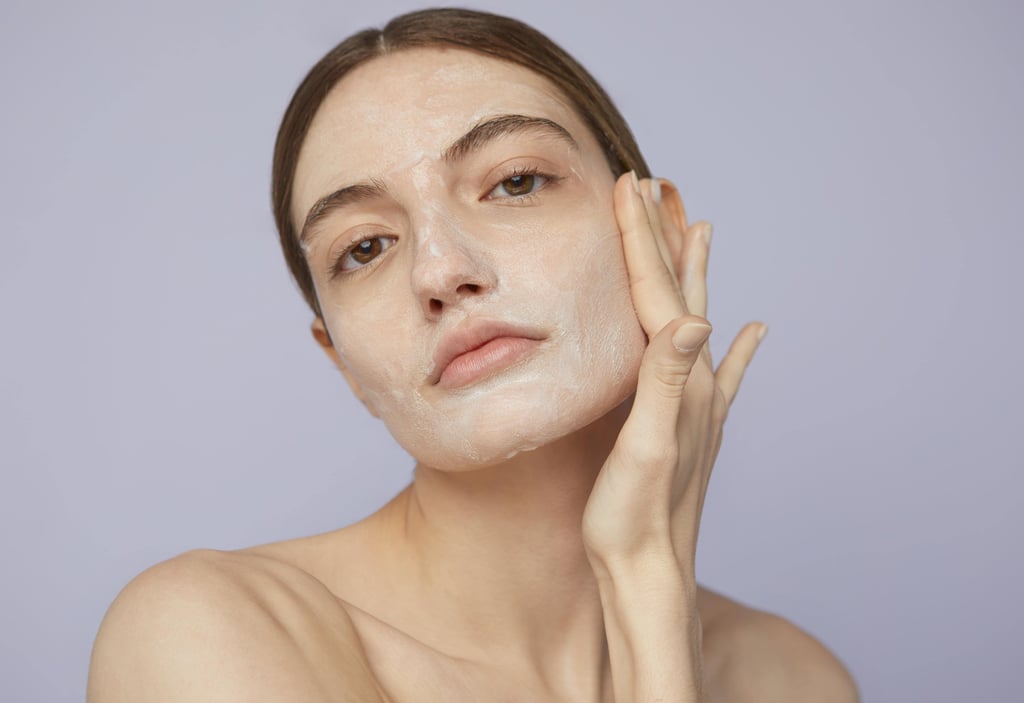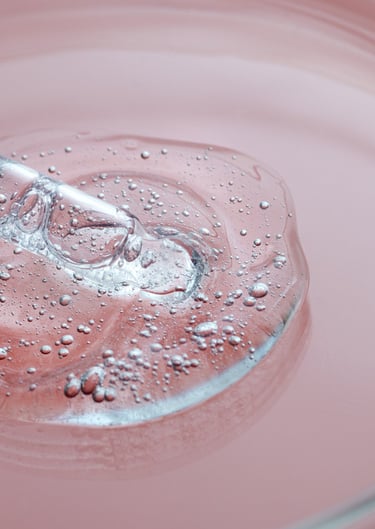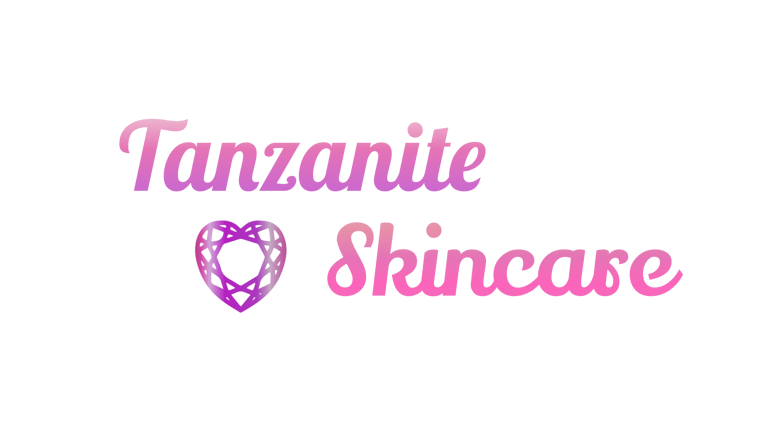DIY AHA Face Peel for Glowing Skin
Discover how to create your own AHA face peel at home! Learn about the benefits of AHA face masks and exfoliating face peels that can help you achieve radiant, glowing skin. Dive into the world of AHAs and transform your skincare routine.


Alpha Hydroxyl Acids also known as AHAs have taken the skincare world by storm, it is really hard to miss these ingredients in your skincare products. AHAs are organic, natural or synthetic hydroxyl acids that can exfoliate the skin barrier. AHAs are type of chemical exfoliants that can be very beneficial to your skin health and wellness.
Types of AHAs
These hydroxyl acids can exfoliate the uppermost skin layer which in turn reveal beautiful radiant, even skin tone and glowing complexion that can make you have a nice and healthy-looking appearance. Some of commonly known AHAs are
Glycolic acid
Lactic acid
Citric acid
Malic acid
Many AHAs can be derived from natural sources like sugarcane for glycolic acid, sour milk for lactic acid, grapes for malic acid and lemons for citric acid. Most of the sources are vegan friendly though most of the time the AHAs are made in labs.
Benefits of AHAs Face Peel
There are significant ways you can use Alpha Hydroxyl Acids (AHAs) to improve your skin health by
Improve skin texture: AHAs such as glycolic acid can remove rough patches on the skin and turn dullness into radiance. After using AHAs you'll get even textured that can reflect the glow and soft feel.
Reduce hyperpigmentation: If you want even complexion then adding AHAs in your skincare routine then can improve the skin tone by fading dark spots, sun spots, stretch marks and age spots.
Reduce signs of aging: By sloughing dead skin cells then you improve the skin cell cycle turnover that can promote your skin's youthful appearance, reduce furrows, lines and wrinkles in the skin and dullness.
Hydrates the skin: AHAs can help hydrate your skin by attract water to your skin upper layer because they act as humectants too to the skin.
Apart from AHAs being beneficial they can cause skin's UV sensitivity. People with sensitive skin type may take precautions to using AHAs, avoid using it with retinols since they can lead to skin irritation and redness.
After know all this then you can make your own AHA face peel that can you can use to exfoliate your skin on weekly basis for more youthful, glowing, radiant and even complexion. Enjoy making your face peel!
Selecting Ingredients
Distilled water: In order to make safe and bacteria free face peel. Distilled water is the diluent in the face peel and occupies the largest percent of the formulation. Using tap water can put your formulation at risk of contaminating with bacteria and mineral impurities that can affect the quality of the face peel and reduce bacterial growth.
Glycolic acid 10%: This pure glycolic acid can come from sugarcane or other plant sources. This percentage is generally safe since is going to be diluted with distilled water at the final product. Glycolic acid is the main active ingredient in the face peel formulation. It can improve exfoliation process, increase skin cell turnover, improve skin texture overall.
Glycerin: This is another very important ingredient that can boost moisture in the skin upper layer. Adding glycerin to this face peel will help to tone, reduce dryness, redness and soothe exfoliated skin.
Capric triglyceride: It is an ingredient made from natural plant oils like coconut oils with glycerin. It is an excellent emollient that can be used to replenish lost natural oils in the skin during exfoliation process by glycolic acid. This will prevent transdermal water loss and dryness.
Sodium acrylate: It is the binding film-forming and thickening agent that can increase viscosity of your face peel formulation so that it won't runny.
Xanthan gum: This is another natural thickening agent that increase viscosity to your face peel making it easier to apply with your fingers or brush. You'll need a small percentage of this ingredient which you're going to mix in with other water-based ingredients.
Ingredients
5½ tablespoons of distilled water
2 teaspoons of glycolic acid 10%
1 teaspoon of glycerin
1 teaspoon of capric triglyceride
½ teaspoon of sodium acrylate
⅛ teaspoon of xanthan gum
*All metrics are US based.
Gather all your ingredients before making your face peel formulation. Get utensils and tools that you'll need for preparing face peel such as glass mixing bowl, measuring spoons, hand-held mixer and designated well-sanitized pump bottle. Prepare your workspace and work in a clean, tidy in a well-ventilated place.


Instructions
Measure out ingredients: distilled water, glycolic acid 10%, glycerin, capric triglyceride, sodium acrylate and xanthan gum and set them aside.
Start by adding distilled water and glycerin into clean glass mixing bowl and stir the mixture.
Pour glycolic acid 10% to the mixture and stir well.
Sprinkle xanthan gum in the mixture whilst mixing it with hand-held mixer on low speed. Make sure the xanthan gum is completely dissolved in the homogenous mixture.
Add your sodium acrylate and continue mixing till you get uniform mixture.
Add your capric triglyceride and continue mixing again. To adjust thickening of your face peel, add your xanthan gum and blend till you get uniform mixture.
Transfer your peel into the disinfected pump bottle. Store in a cool and dry place.
About me
Hello, my dear gorgeous! Welcome to my blog and learn with me as you walk in your skincare journey. I'm skincare enthusiast and a student. I like sharing my passion of beauty and skincare with the world. I like blogging, reading and binge watching YouTube vlogs and Netflix during my leisure time.


